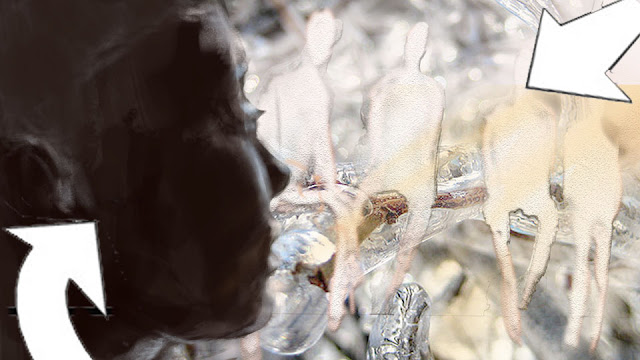First initial render test in Maya...
Ice figure is now modelled, rigged, weighted and UV mapped and is shown here using a mia_material_x shader and a preset Thin Glass 50% and Frosted Glass 50%. Once I have the correct shot lined up, I will lock the camera, tidy up the outliner and duplicate the iceman three times.
The image plane at the back of the shot is a still taken from the timelapse footage that I shot in Kingoodie, Scotland.
The tree was modelled in Maya and then the branches were embedded into the trunk by importing it as an obj into Zbrush and using the Dynamesh geometry tool and instantly changed it all into evenly spaced quads (brilliant).
The tree is shown in smooth mode and requires more work, plus a UV map which I will create using the Maya unfold UV bonus tool and then I can apply a bark texture and a bump map.
This image also uses IBL and we've taken a still of this footage (rather than the correct IBL 360 degree image) to use as our IBL light source.... for the purposes of this film, it will work fine. A directional light has also been placed in the scene and the IBL sphere rotated with the rotate tool, so that the sunlight and directional light are all coming from the same direction
Left: Test render shot. Right: Perspective view
Left: Test Render Right: Perspective view showing the IBL sphere and the model tree selected
Inside the IBL sphere with the direction light (brown arrows) pointing towards the image plane and tree
Inside the IBL sphere, showing the tree and rigged character


















































